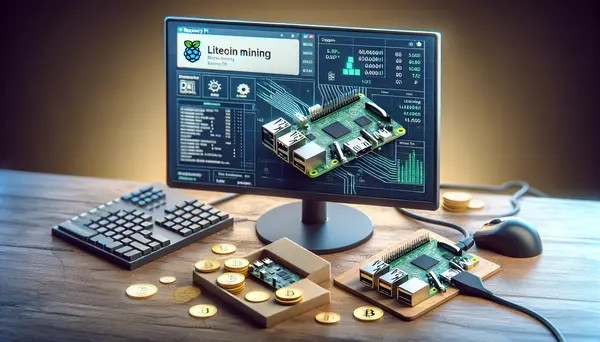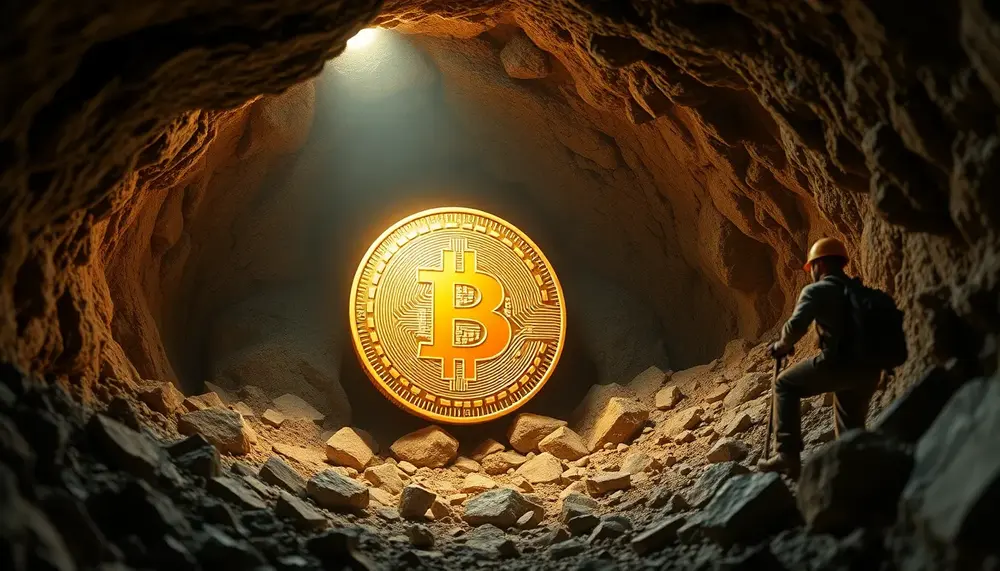Interest
Interest
Understanding the Concept of 'Interest' in the Context of Bitcoin Mining
In the world of Bitcoin mining, the term 'interest' is a key concept to grasp. Unlike the familiar usage in traditional banking, where it refers to the profit made on loans or savings, 'interest' within Bitcoin mining carries a different meaning.
What is 'Interest' in Bitcoin Mining?
In the context of Bitcoin mining, 'interest' does not refer to earning an additional percentage over time on your stored Bitcoins. Because Bitcoin operates on a decentralised system, the traditional concept of interest as known in conventional monetary operations does not apply.
Instead, the term 'interest' is commonly used to describe the attraction and engagement of individuals or businesses in Bitcoin mining activities. Here, 'interest' means the time, energy, and resources miners are willing to invest to earn more Bitcoins.
What Drives 'Interest' in Bitcoin Mining?
Three main factors influence individuals and businesses' 'interest' in Bitcoin mining. They are:
- The potential reward: Miners are motivated by the possibility of earning Bitcoin as a reward for verifying transactions and adding them to the blockchain.
- The value of Bitcoin: When the Bitcoin's value increases, more people gain 'interest' in mining it, hoping to earn a substantial profit.
- Tech curiosity & belief in decentralisation: Many individuals and businesses have an 'interest' in Bitcoin mining because they see it as a powerful, innovative technology that eliminates the need for traditional banking systems.
Why is 'Interest' in Bitcoin Mining Important?
'Interest' in Bitcoin mining is crucial to Bitcoin's survival and operation. The more 'interest' there is in Bitcoin mining, the more secure the network becomes. Each transaction that is verified and added to the blockchain strengthens the trustworthiness of Bitcoin. As a result, 'interest' in Bitcoin mining directly affects the stability and success of Bitcoin as a digital currency.
Blog Posts with the term: Interest

Cloud mining allows individuals to lease processing power from remote data centers for cryptocurrency mining, offering convenience and lower upfront costs but potentially reduced earnings and risks of scams. Hardware mining involves owning equipment with greater control and profit potential...

Bitcoin mining apps can transform your device into a mini mining rig, but with the market flooded by both genuine and dubious options, it's crucial to verify platforms like Google Play for reliability through download numbers, ratings, user reviews, and...

The article discusses the increasing popularity of USDT (Tether) mining and highlights its benefits, such as stability and low entry barriers. It also provides criteria for selecting reliable USDT mining sites and lists top platforms to consider in 2024, including...

Strip mining is a surface mining method used to extract mineral deposits close to the earth's surface by removing overburden, with techniques like area and contour mining being particularly effective for coal extraction. While it offers efficiency and cost-effectiveness compared...

The article provides a comprehensive guide on selecting the right cryptocurrency mining pools, emphasizing understanding basic concepts like pool types and benefits such as increased reward chances and steady income. It also highlights key features to consider, including payout schemes,...

USDT mining, which involves generating Tether through liquidity mining or staking rather than traditional cryptocurrency mining, has seen a rise in scams exploiting investor interest with fake websites and promises of high returns. To avoid falling victim to these schemes,...

Monero mining involves validating transactions using computational power, with miners rewarded through a combination of decreasing block rewards and transaction fees. The unique tail emission mechanism ensures perpetual miner incentives by stabilizing the reward at 0.6 XMR per block once...

The Pepe Miner Bot, a Telegram-based game allowing users to earn PEPE coins through simple tasks and events, has garnered significant attention with over 4.7 million users but raises questions about its legitimacy despite evidence supporting its authenticity such as...

Ethereum mining apps enable users to mine Ethereum using smartphones or computers through cloud-based solutions, offering accessibility, cost-effectiveness, and convenience. Top apps like ETH Cloud Miner and MinerGate provide features such as real-time monitoring, security measures, and user-friendly interfaces to...

Litecoin mining, similar to Bitcoin but using a different hashing algorithm called Scrypt, can be done with Raspberry Pi. Despite not delivering high-performance output like dedicated mining rigs or high-end computer systems, the low-cost and energy-efficient Raspberry Pi is an...

XRP, created by Ripple Labs in 2012, is designed for fast and cost-effective cross-border transactions using a semi-centralized ledger maintained by independent validator nodes. Unlike Bitcoin and Ethereum, XRP cannot be mined as all its tokens were pre-mined at inception;...

Bitcoin's mining reward system, which reduces rewards through halving events approximately every four years to maintain scarcity and influence market dynamics, plays a crucial role in shaping Bitcoin's value and technological evolution. These halvings impact supply by capping it at...

USDT DeFi Mining allows users to earn rewards by leveraging decentralized finance protocols using the stablecoin USDT, offering benefits like stable returns and passive income but also posing risks such as smart contract vulnerabilities and market volatility. This guide covers...

USDT mining investment involves earning USDT through cloud mining services, which mine other cryptocurrencies and convert them into USDT. While it offers benefits like stability, accessibility, passive income, and liquidity, potential investors should be cautious of platform reliability, lower returns...

